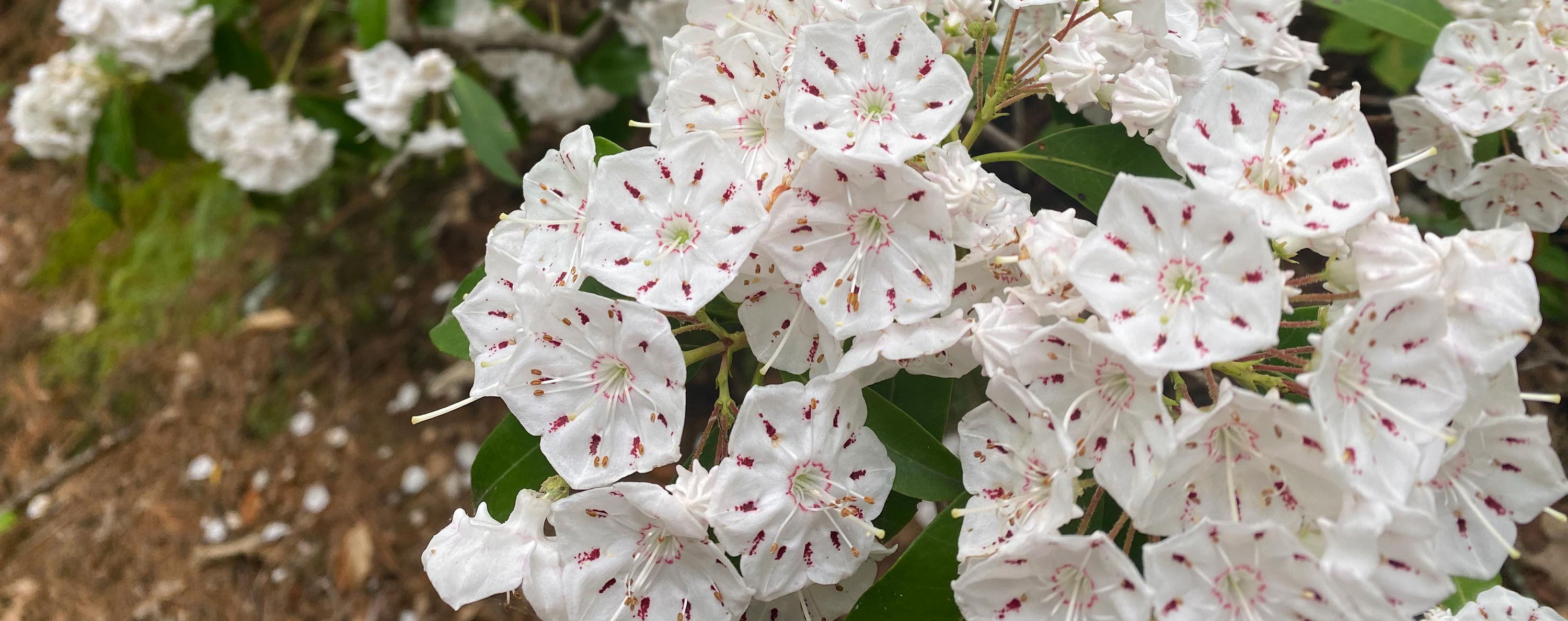
When beginning a session with clients in my psychotherapy practice, I like to ring a hammered, brass Tibetan bowl I was gifted. I’m not quite sure why I’m moved to do this. Perhaps it symbolically marks the beginning of something sacred, a revealing of the heart and soul.
As I slowly press and circle the suede-covered stick around the edge of the bowl, there’s initially only silence. From the ethers, a faint sound arises. The bowl has begun to sing. With each swirl of the striking stick, sound builds and swells into a rich, reverberant tone, then peaks and fades away, like the haunting doppler sound of a train.
There is a lifetime in each ring of this bowl.
Sound emerging from silence, building in energy and form, fading back into stillness. A birth, a death; a coming, a going. Like the vibrancy and color of spring and summer inevitably fading into fall and the deep silence of winter. We experience births and deaths every day; like breathing, it is the natural rhythm of life.
We celebrate with great joy and fanfare the various “births”—-a new baby, home, or promotion. Thousands of dollars and months of planning are spent on celebrating holidays, marriages or batmitzvahs.
But where is the honoring of death, the necessary life endings and return to stillness? The fading of a rose or a relationship, the sad or scary life transitions, the loss and letting go that mark the end of an identity or an era?
We are an extroverted culture addicted to action and progress. We’re given months to plan for and celebrate a new job or home addition and only moments to grieve what’s been lost: a majestic tree cut down, a friend who moved away, a cancer diagnosis, the closing of a favorite local business.
When loss strikes close to home and the heart is aching, be kind. Be gentle. Honor the loss, even if it seems pitifully small. Allow the sorrow, anger, tears. Ring a bell. Light a candle. Call a friend. Take a warm bath with soft lighting and music. Write, sing, or dance your pain. Notice the shock of “here one moment, gone the next” and the fear of silence or emptiness.
Perhaps you will notice moments of peace that come and go between grief waves, and a resting place within the emptiness of loss. Perhaps you will discover that death, and life, are dance partners, folding into the sacred heart of the other, continuously blossoming and unraveling, inviting us into deeper connection with our soul.


